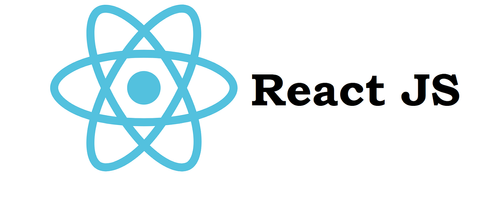In the realm of modern web development, user authentication is a cornerstone of application security and reliability. To elevate your user authentication to the next level, you need to embrace email verification in React.js. This powerful technique not only confirms the validity of user-provided email addresses but also enhances the overall security of your applications. As an expert in React.js, I'll guide you through the intricacies of email verification, how it works, its benefits, and how to implement it effectively
The Crucial Role of User Authentication
User authentication is the process of verifying the identity of users accessing your web application. It's essential for protecting sensitive data, ensuring secure user interactions, and maintaining trust. However, with the rise of online threats and data breaches, traditional authentication methods may fall short. This is where email verification steps in as a robust layer of security.
Understanding Email Verification in React.js
Email verification in React.js is a client-side and server-side validation process that confirms the validity of the email addresses provided by users during registration. It involves sending a verification link or code to the user's email address, which they must click or enter to activate their account fully.
How Email Verification Works
User Registration: When a user signs up for your application, they provide their email address along with other required information.
Email Sending: An email containing a unique verification link or code is sent to the provided email address. This can be achieved using server-side technologies like Node.js or Python.
User Interaction: The user receives the email and clicks the verification link or enters the code into the application.
Validation: The application validates the provided link or code, confirming that it matches the one generated during registration.
Account Activation: If the link or code is valid, the user's account is activated, granting them full access to the application.
Benefits of Email Verification in React.js
Implementing email verification in your React.js application offers a multitude of benefits that go beyond just confirming email addresses:
1. Enhanced Security:
Email verification adds an extra layer of security by ensuring that users provide valid email addresses, reducing the risk of fraudulent or malicious registrations.
2. Data Accuracy:
Accurate user data is crucial for personalized experiences and communication. Email verification minimizes data entry errors.
3. Reduced Bounced Emails:
Valid email addresses mean fewer bounced emails, improving your email deliverability and communication with users.
4. Improved User Trust:
When users know their email addresses are verified, they trust your application more, increasing user satisfaction and retention.
5. Regulatory Compliance:
In some industries, such as healthcare or finance, email verification is essential for complying with data security regulations.
Implementing Email Verification in React.js
Now that you understand the importance and benefits of email verification, let's explore how to implement it effectively in your React.js application:
1. Backend Integration:
Set up a backend server (using Node.js, Python, etc.) to handle email sending and verification logic. Popular email libraries like Nodemailer can simplify this process.
2. Frontend Integration:
Create a user-friendly interface in your React.js application to request users to enter the verification code or click the verification link.
3. Email Sending:
Use your backend to send verification emails containing unique links or codes. Ensure the email content is clear and encourages users to take action.
4. Verification Logic:
Develop logic on both the frontend and backend to validate the user's input (code or link) and activate their account upon successful verification.
5. User Communication:
Keep users informed throughout the verification process with clear messages and prompts.
Frequently Asked Questions (FAQs)
Q1: Is email verification in React.js secure?
Email verification adds a layer of security but should be complemented by other security measures, including password hashing, to ensure robust user authentication.
Q2: Can email verification prevent all types of fraud?
While email verification helps prevent certain types of fraudulent registrations, it may not prevent sophisticated attacks. Additional security measures are often required.
Q3: How can I handle email sending in React.js?
Email sending is typically handled on the server-side using technologies like Node.js, while React.js handles the frontend interface for email verification.
Q4: Are there third-party services for email verification?
Yes, there are third-party services that provide email verification APIs, simplifying the verification process.
Q5: Should I store email addresses in plain text?
No, it's crucial to store email addresses securely, preferably by hashing them along with other user data.
Conclusion
Email verification in React.js is a pivotal component of modern web application development, providing enhanced security, data accuracy, and user trust. By implementing this technique effectively, you can elevate your user authentication process to new heights, ensuring that only legitimate users gain access to your application. In a world where data security is paramount, email verification is a powerful ally you can't afford to overlook.



